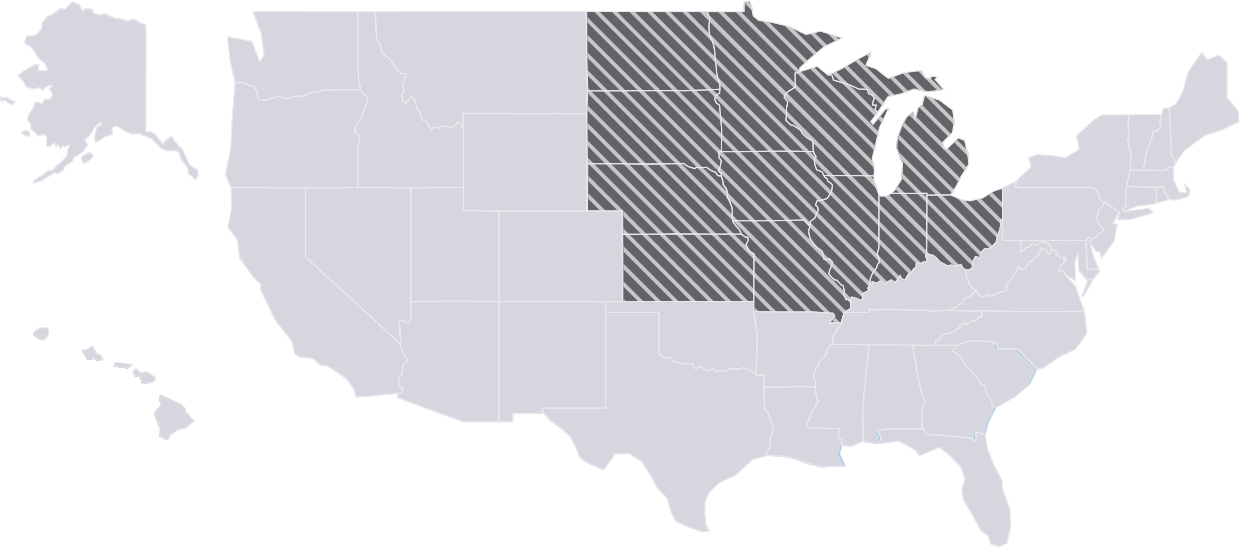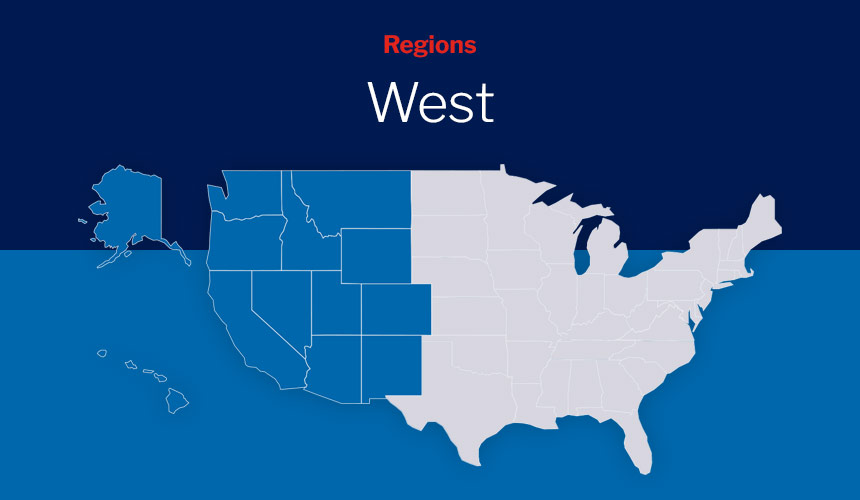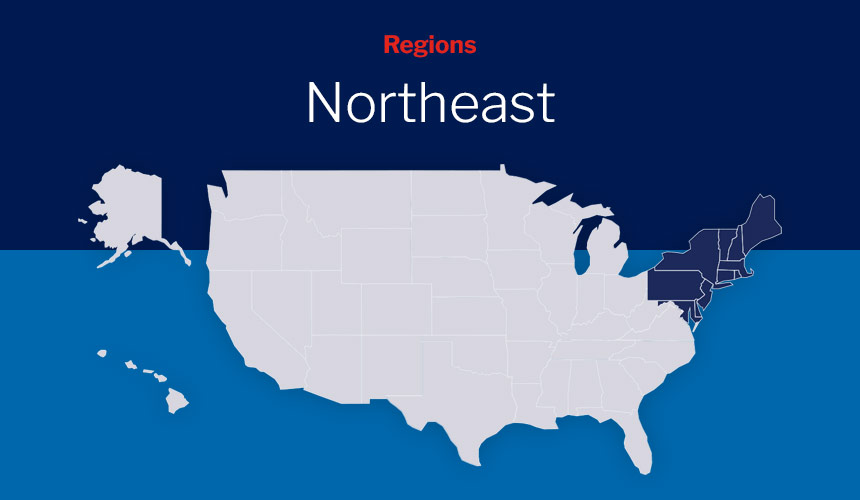
Low-income Midwesterners did not receive any or enough legal help for 93% of their civil legal problems in the past year.
The 2021 Justice Gap Measurement Survey showed that 75% of low-income households in the Midwest experienced at least one civil legal problem in the past year, and 45% experienced at least five. The most common types of problems related to consumer issues, health care, and income maintenance. Individuals from low-income households in the Midwest sought legal help for 25% of the problems that substantially affected them.
Scroll down for an infographic summarizing key findings related to low-income households in the Midwest or download a PDF of the infographic.

14% of the population in the Midwest is below 125% of poverty.
9.2 million children and adults in the Midwest have incomes below 125% of the poverty threshold.
Data source: U.S. Census Bureau, Current Population Survey, 2021 Annual Social and Economic Supplement.
75% of low-income households with the Midwest had at least 1 civil legal problem in the past year.
45% had 5+ problems in past year.
23% had 10+ problems in past year.
Common problem areas:
![]()
Consumer Issues (54%)
![]()
Health care (39%)
![]()
Income maintenance (38%)
n = 534 households in the Midwest.
Data source: 2021 Justice Gap Measurement Survey.
Sought legal help for 25% of substantial problems.
Did not receive any or enough legal help for 93% of substantial problems.
n = 752 substantial problems
Data source: 2021 Justice Gap Measurement Survey.
At or below 125% of FPL (n=534):
- 43% are confident they could find and afford a lawyer if they needed one to help resolve a serious civil legal problem.
Between 125% and 400% of FPL (n=558):
- 59% are confident.
At or above 400% of FPL (n=258):
- 76% are confident.
Data source: 2021 Justice Gap Measurement Survey.
Approximately 417,000 eligible problems brought to LSC-funded organizations in the Midwest annually.
They are unable to provide any or enough legal help for 73% of these problems.
Data source: LSC’s 2021 Intake Census.



